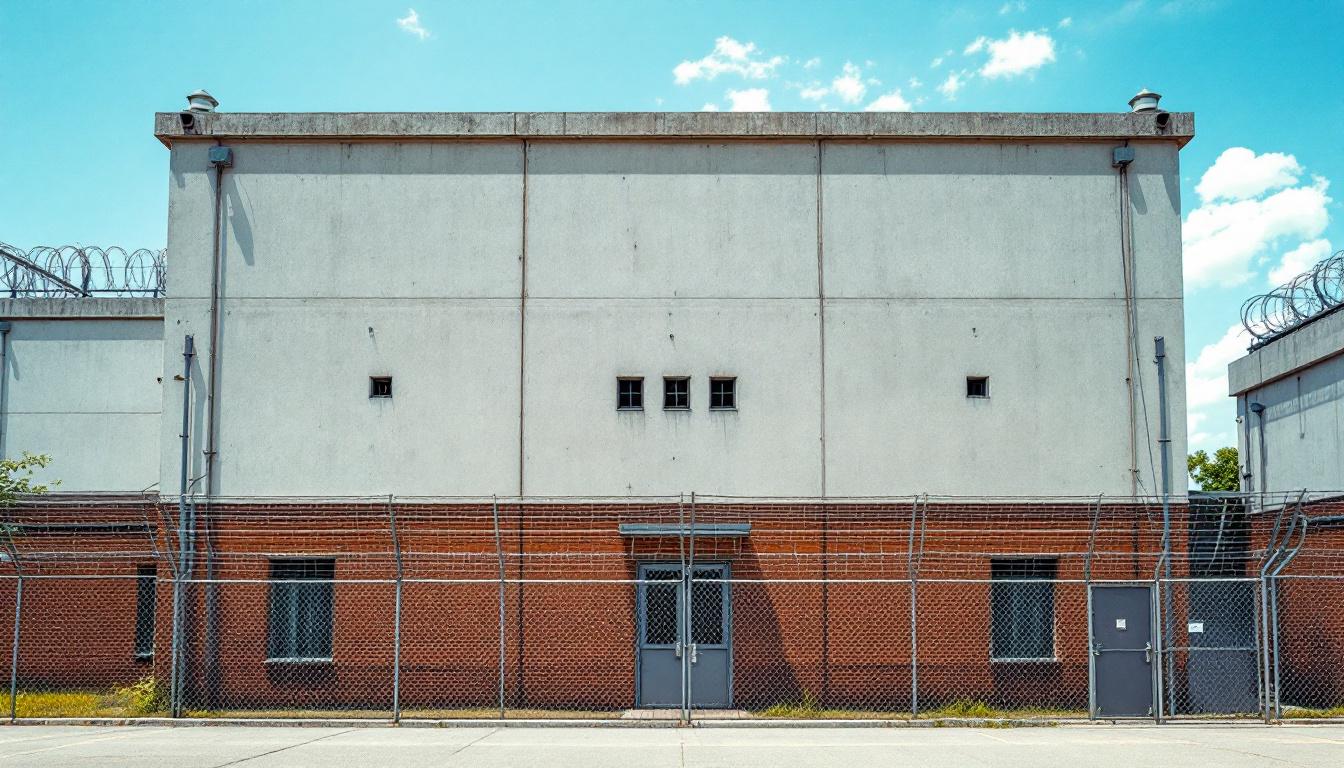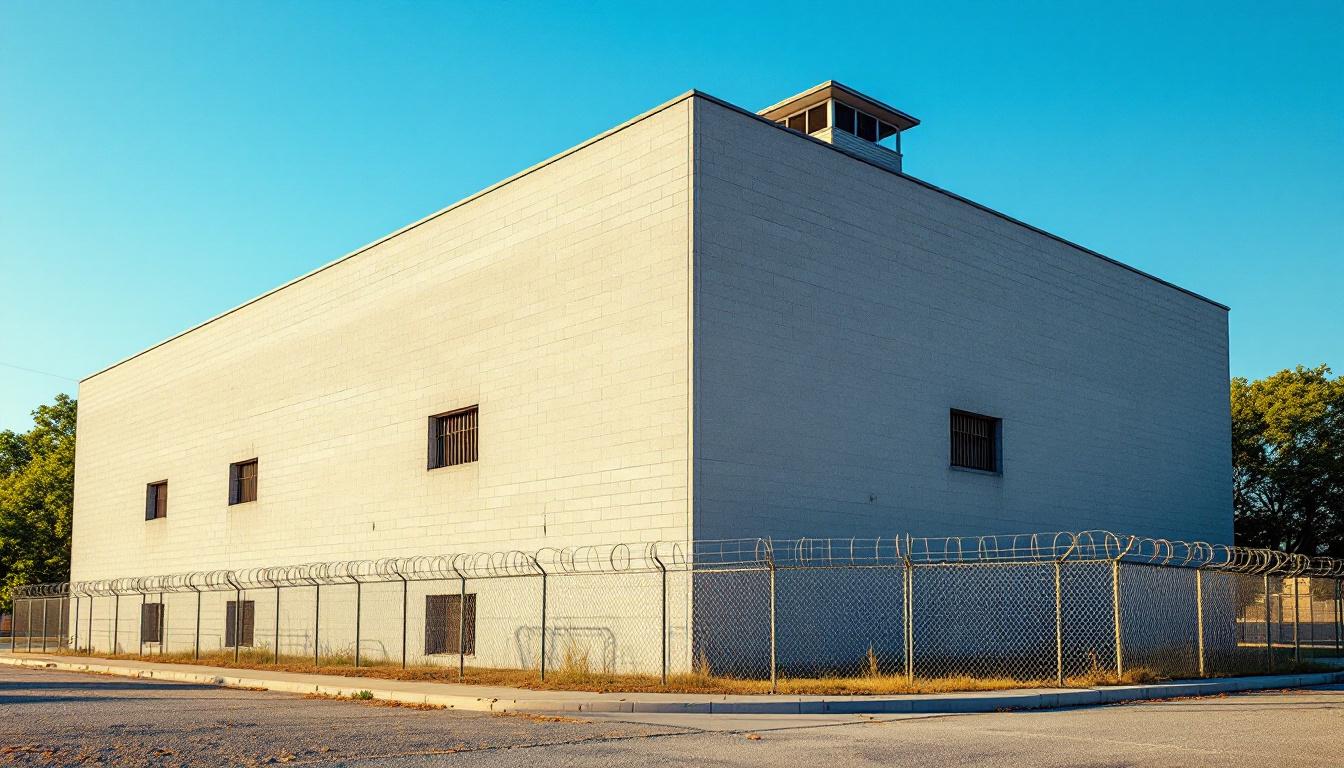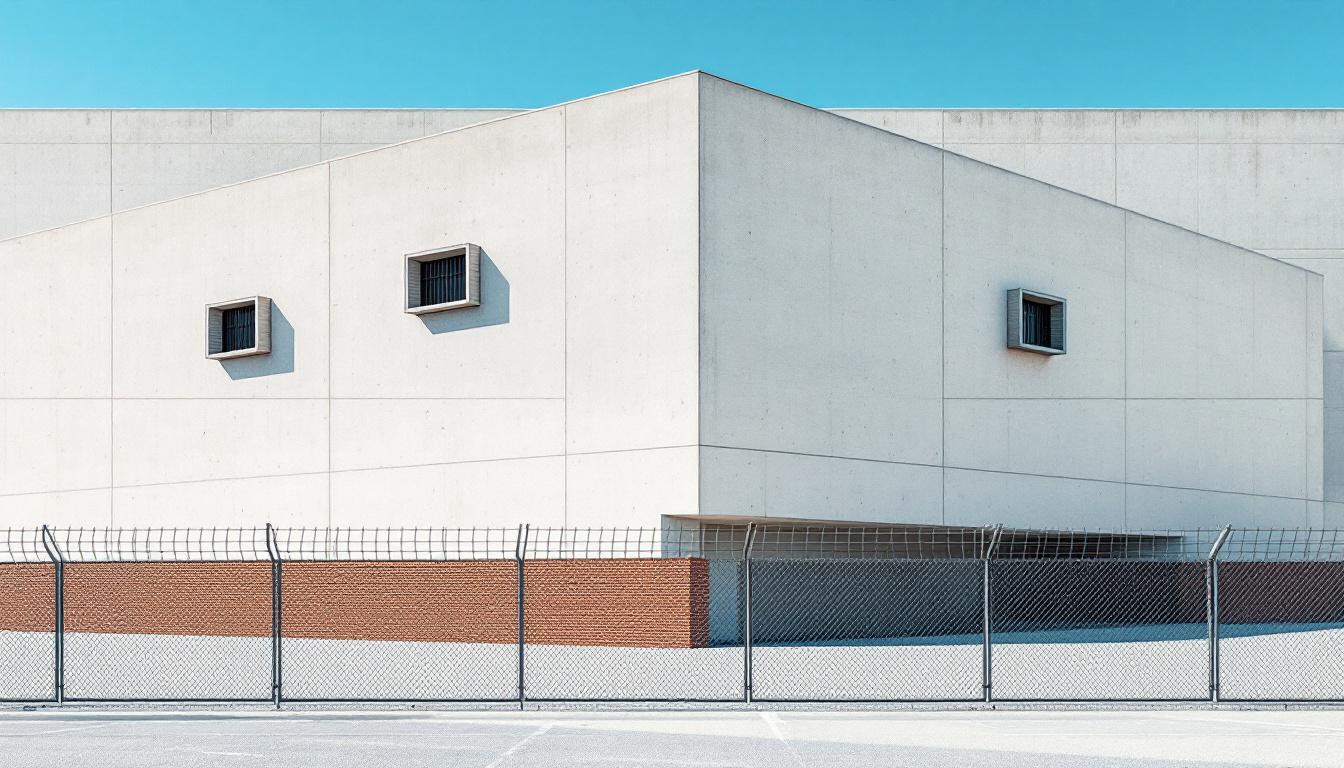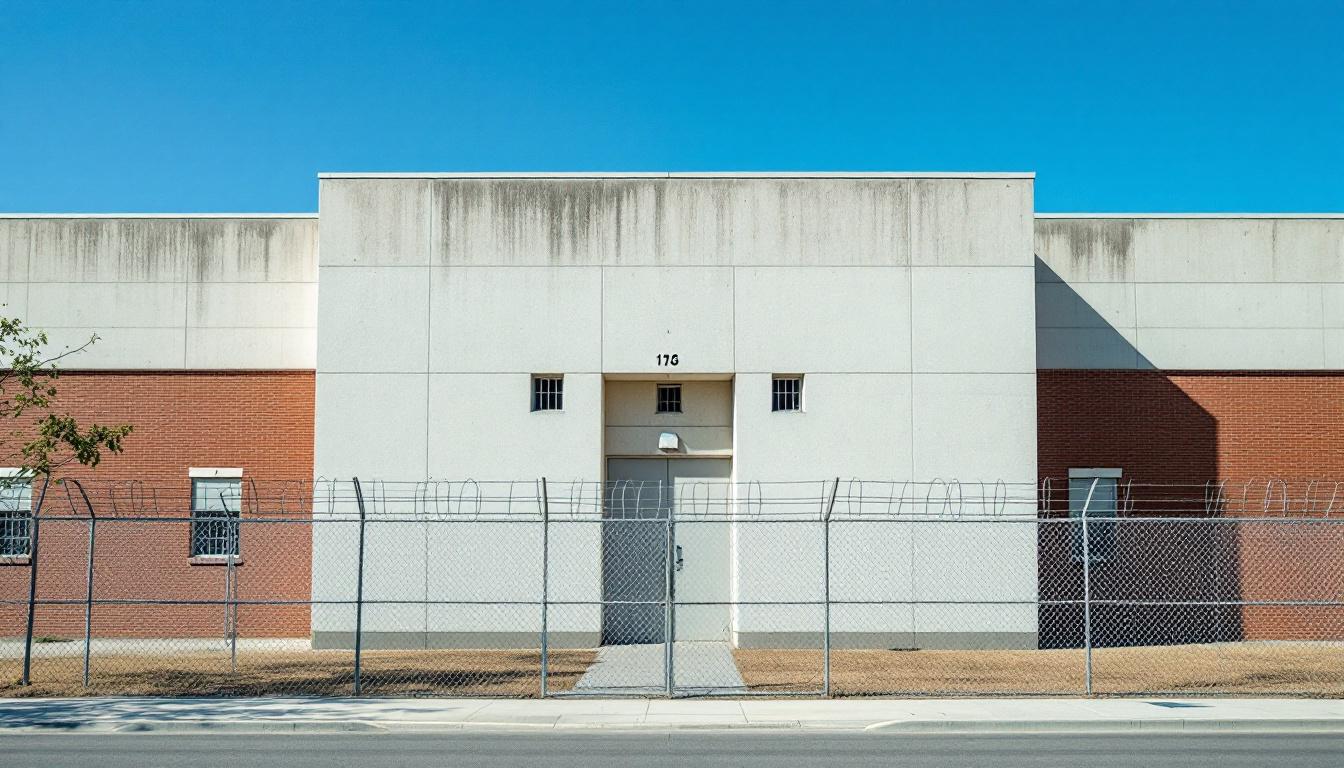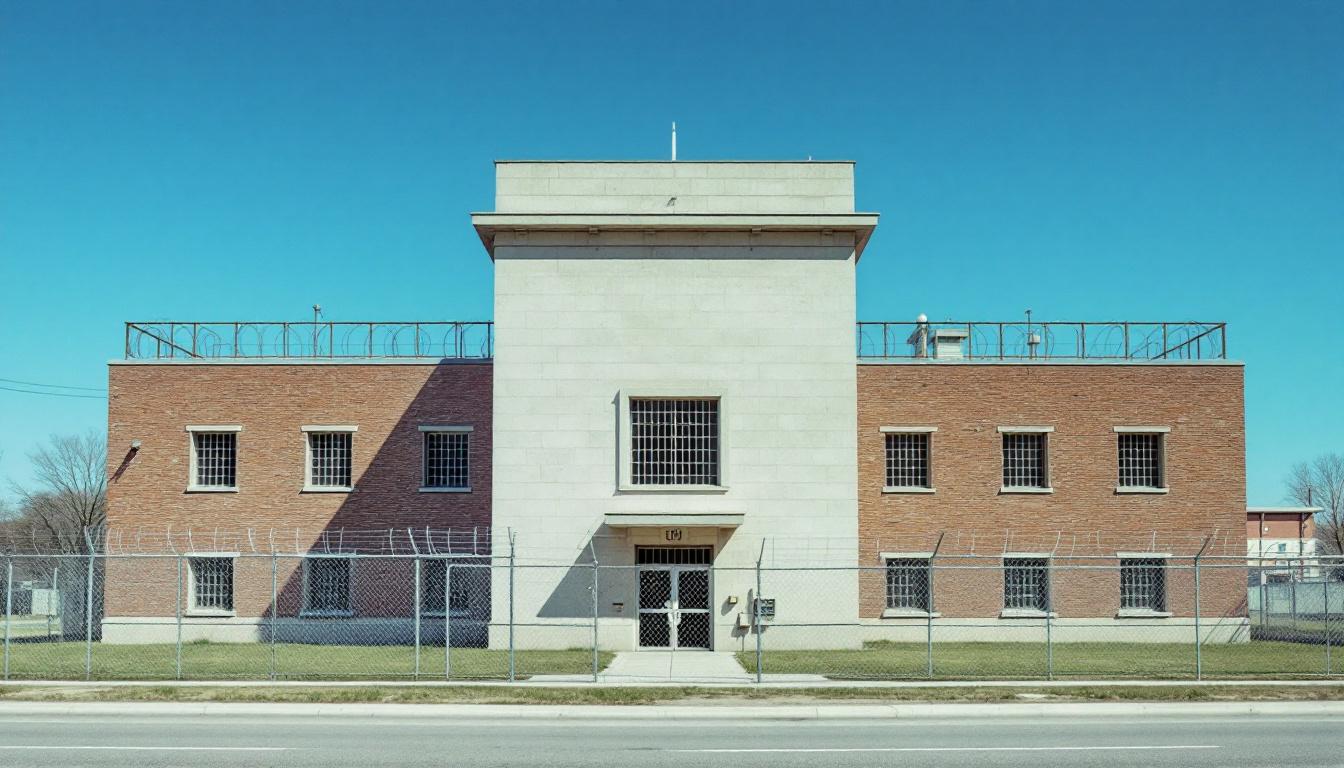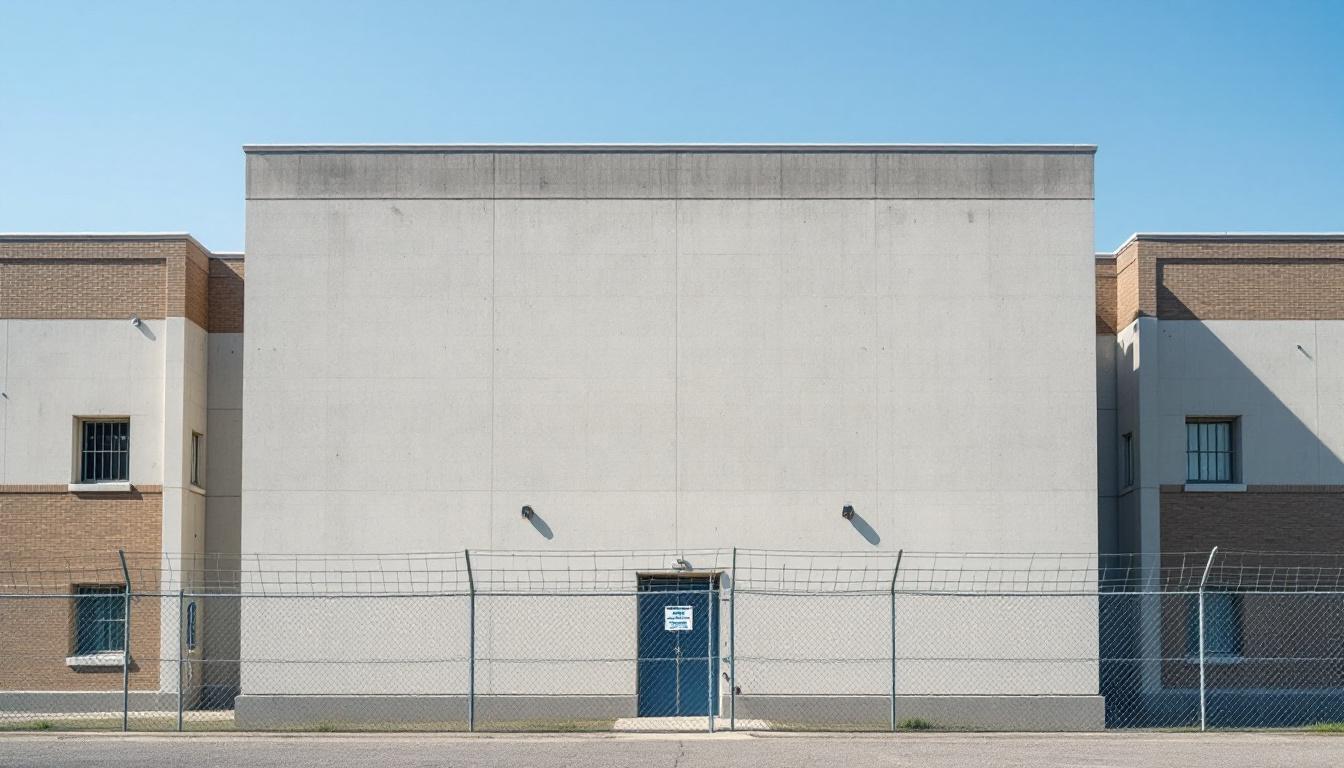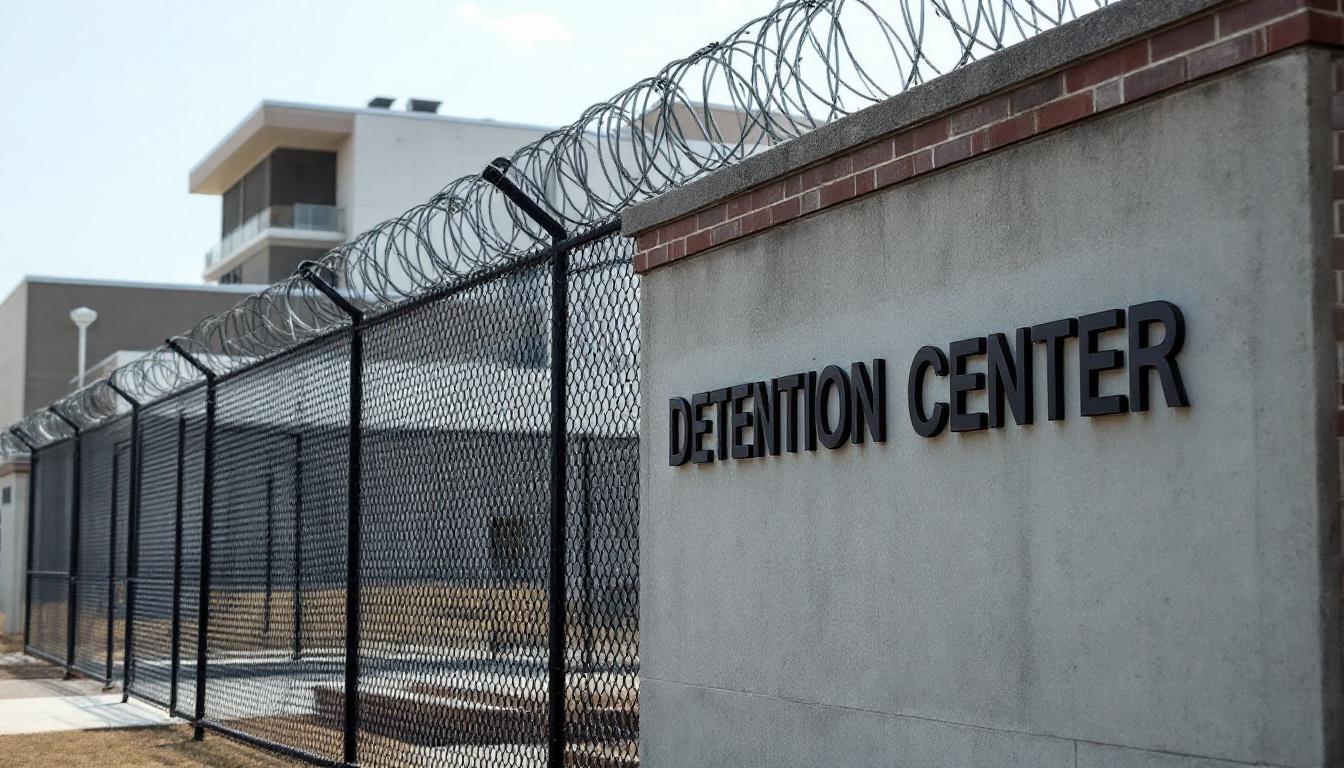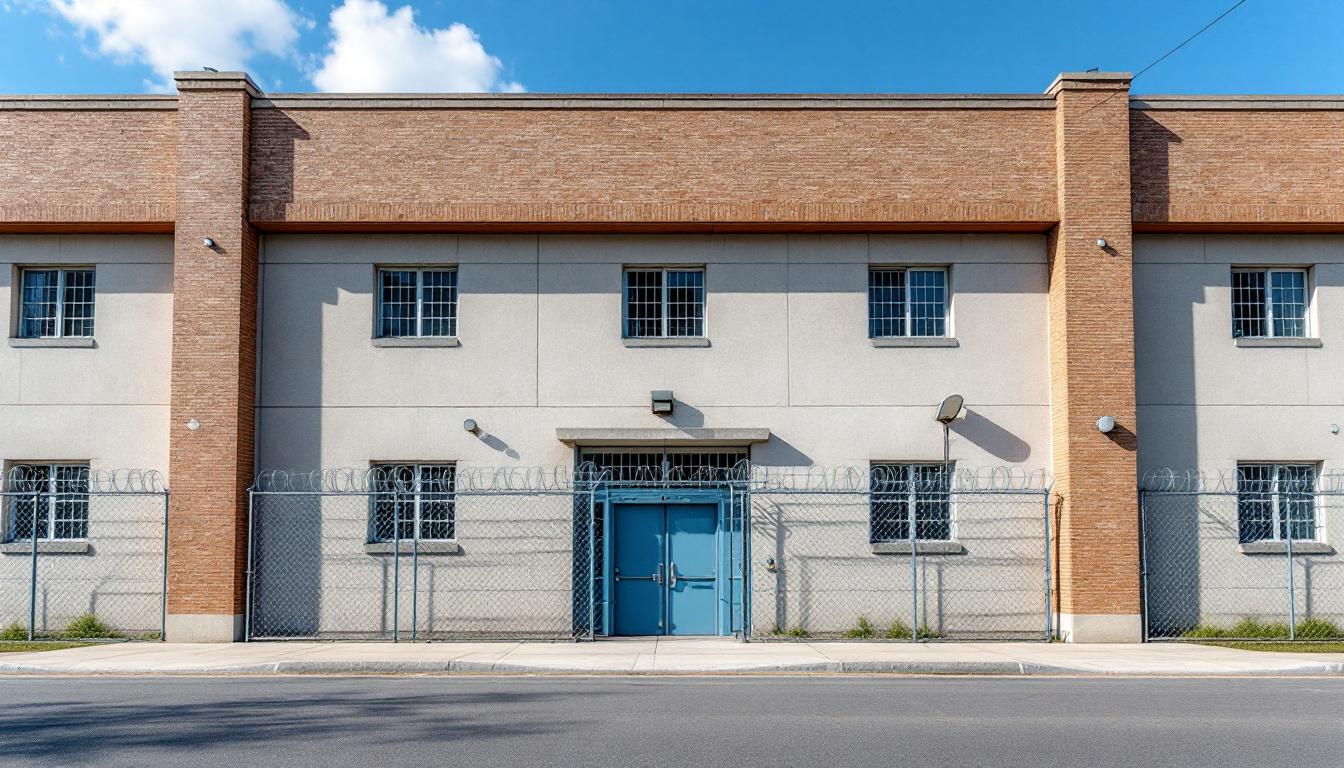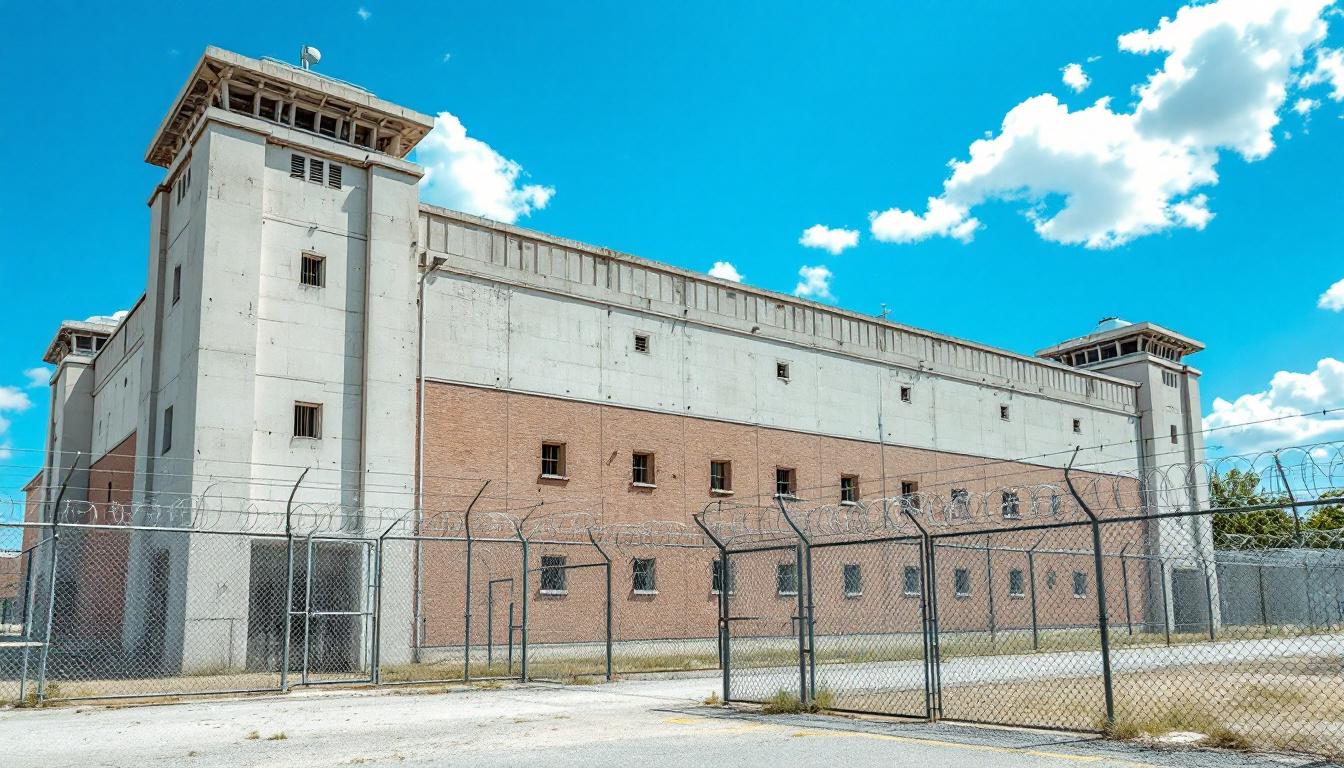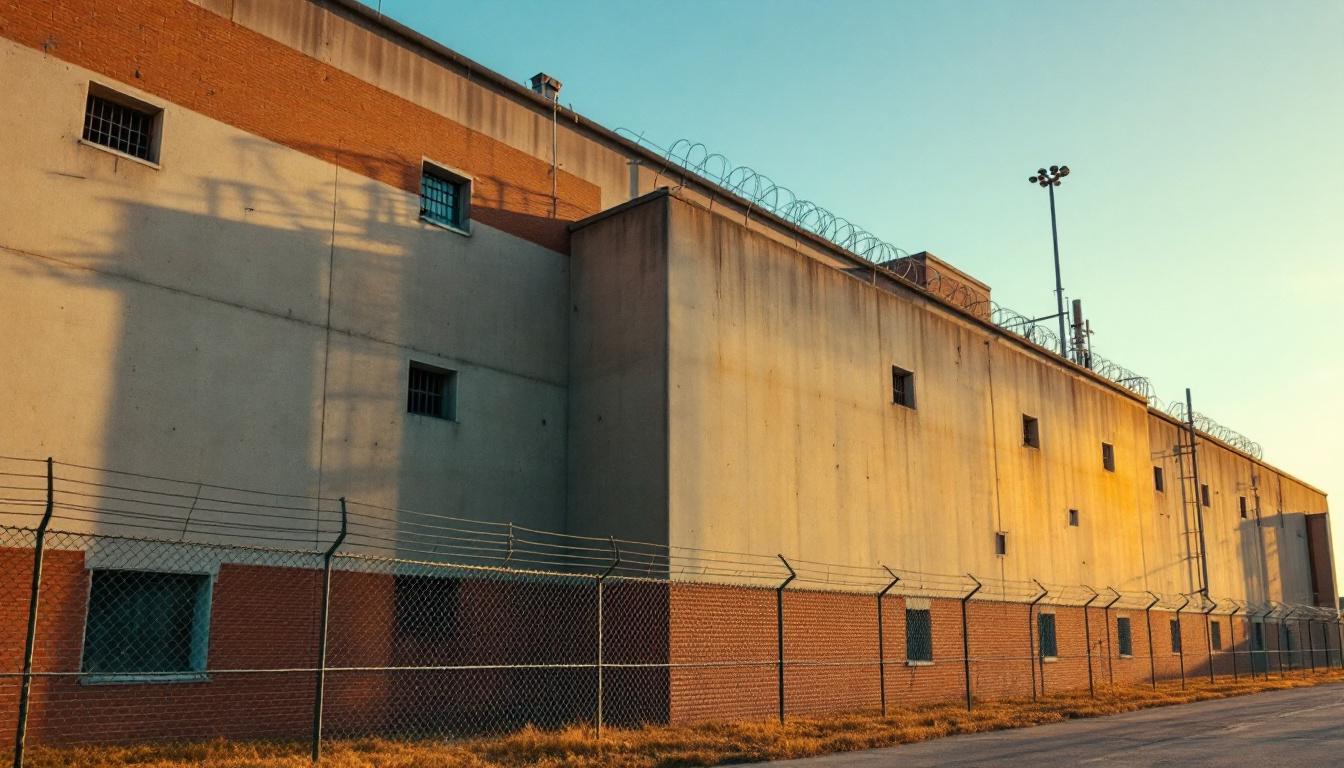
Quick Navigation
How to contact an inmate at Scotland Correctional Institution
This comprehensive guide will walk you through how to connect with an inmate at Scotland Correctional Institution. Follow the steps below to find an inmate and send letters and photos:
- Search for the inmate using our search tool below
- Create your account or log in to Penmate
- Write your message (up to 6,000 characters)
- Send instantly - inmates receive printed copies daily
Find an Inmate
Search for an inmate to start communicating today
Tip: You can search by first name, last name, or inmate ID number
To contact a person at Scotland Correctional Institution start by searching for the person on the official facility website. Perform a search by following these steps:
- Step 1: Enter their first name and last name into the search form and click "Search"
- Step 2: Locate their inmate record
- Step 3: Write down their Inmate ID and any housing information provided
Important! Be sure to enter the person's full name. Nicknames should not be used.
How to Send Messages to Inmates

You can use your phone or computer to send emails, letters, and photos to an inmate. Messages are sent electronically to inmate tablets or kiosks at the facility. If you would like to send a message, start by searching for an inmate at Scotland Correctional Institution.
Sending Photos and Postcards

A great way to send love and support to a loved one at Scotland Correctional Institution is to send photos and postcards. It only takes a few minutes to send photos from your phone and it makes a huge difference. You can also mail postcards with words of support and inspiration, or design your own postcard for special moments like birthdays and holidays.
Important! Be sure not to send any explicit photos or they may not be approved by the facility. You can also use a photo printing app like Penmate to make sure your photos are printed at the correct size (4x6 or 3x5) and are mailed according to the rules and regulations of Scotland Correctional Institution.
Frequently asked questions about Scotland Correctional Institution
-
How long does it take to deliver a message?
If you're sending an email message your letter is usually delivered within 24-48 hours. For messages sent via mail you should expect delivery within 3-7 days. All messages will need be approved by Scotland Correctional Institution.
-
How much does it cost to send a message to Scotland Correctional Institution?
You can send a message free using your phone or mail a message via USPS for the price of a $0.60 stamp and envelope. You can also purchase credits or e-stamps from services starting at $1.99.
-
What services can I use to contact an inmate at Scotland Correctional Institution?
Penmate
You can use Penmate to send letters and photos to an inmate from your phone. It's an easy way to stay in touch during your loved one's incarceration. Use the inmate locator to find an inmate's location and contact information, then you can send messages within a few minutes.
Securus messaging
Securus may be another option for communicating with an inmate at Scotland Correctional Institution. You can create a friends and family account and purchase credits to send messages. All messages will be reviewed and must be approved by the facility.
JPay
Some county jails and state prisons may support sending messages with JPay. You must register an account with the system, find your loved one, and purchase stamps to send messages. For some locations you can also attach photos.
Smart Jail Mail
You may also check if Smart Jail Mail is available at Scotland Correctional Institution. Smart Jail Mail is operated by Smart Communications and has contracted with some state and county jails. After purchasing credits, your messages and photos are sent to the facility, printed out, and then handed out to your loved one.
-
What is the mailing address of Scotland Correctional Institution?
Mailing address:
Scotland Correctional Institution
22383 McGirts Bridge Rd
Laurinburg, NC 28352
Phone: (910) 844-3078Business hours:
- Monday: Open 24 hours
- Tuesday: Open 24 hours
- Wednesday: Open 24 hours
- Thursday: Open 24 hours
- Friday: Open 24 hours
- Saturday: Open 24 hours
- Sunday: Open 24 hours
-
What are the visiting hours at Scotland Correctional Institution?
Visiting hours at Scotland Correctional Institution vary by housing unit and security level. Generally, visits are scheduled on weekends and holidays, with some facilities offering weekday visits. Contact the facility directly at (910) 844-3078 or check their website for the current visiting schedule. Visits typically last 30-60 minutes and must be scheduled in advance.
-
What items are prohibited when sending mail to Scotland Correctional Institution?
Prohibited items typically include: cash, personal checks, stamps, stickers, glitter, glue, tape, staples, paperclips, polaroid photos, musical or blank greeting cards, hardcover books, magazines with staples, and any items containing metal or electronics. Only send letters on plain white paper with blue or black ink. Photos must be printed on regular photo paper (no Polaroids). Always check with Scotland Correctional Institution for their specific mail policies.
-
How do I send money to an inmate at Scotland Correctional Institution?
You can send money to an inmate at Scotland Correctional Institution through several methods: 1) Online using JPay, Access Corrections, or the facility's approved vendor, 2) Money orders mailed directly to the facility with the inmate's name and ID number, 3) Kiosks located in the facility lobby, or 4) Over the phone using a credit or debit card. Fees vary by method, typically ranging from $2.95 to $11.95 per transaction.
-
Can I schedule a video visit with an inmate at Scotland Correctional Institution?
Many facilities now offer video visitation as an alternative to in-person visits. At Scotland Correctional Institution, video visits may be available through services like Penmate, Securus Video Connect, GTL, or ICSolutions. Video visits typically cost $10-20 for 20-30 minutes and must be scheduled in advance. You'll need a computer or smartphone with a camera and reliable internet connection. Contact the facility for their specific video visitation policies and approved vendors.
-
What identification do I need to visit an inmate at Scotland Correctional Institution?
All visitors must present valid government-issued photo identification such as a driver's license, state ID, passport, or military ID. Minors must be accompanied by a parent or legal guardian who can provide the minor's birth certificate. Some facilities require visitors to be on the inmate's approved visitation list, which may require a background check. Contact Scotland Correctional Institution for specific ID requirements and visitor approval procedures.
-
How can I find out an inmate's release date?
To find an inmate's release date at Scotland Correctional Institution, you can: 1) Use the online inmate search tool if available, 2) Call the facility's records department, 3) Contact the inmate's case manager or counselor, or 4) Have the inmate provide this information during a call or visit. For privacy reasons, some facilities only release this information to immediate family members.
Facility Overview
Contact Information
Scotland Correctional Institution22383 McGirts Bridge Rd
Laurinburg, NC 28352
Phone: (910) 844-3078
Official Website

About Scotland Correctional Institution
Correctional facilities serve as more than secure housing—they represent opportunities for transformation and community healing, particularly when positioned to support regional needs effectively. SCOTLAND C.I., NC operates within this framework in Phoenix, North Carolina, where its mission centers on creating pathways toward successful reintegration while maintaining public safety throughout the surrounding communities.
The facility’s operational philosophy emphasizes measurable outcomes through structured programming and evidence-based practices. Located in Phoenix, this NC correctional facility typically offers educational opportunities, vocational training, and behavioral health services designed to address the underlying factors that often contribute to criminal behavior. The population services may include substance abuse treatment, mental health counseling, and life skills development, all coordinated to prepare individuals for their eventual return to families and communities across North Carolina’s southern region.
As part of the state’s broader correctional network, SCOTLAND C.I., NC generally maintains connections with local organizations and community resources that can support successful transitions. These partnerships often extend beyond the facility’s walls, creating support systems that benefit not dedicated those in custody but also their families and the Phoenix area community. Through this comprehensive approach, the facility works toward reducing recidivism while strengthening the social fabric that helps communities thrive in the long term.
Programs & Services
Through comprehensive support systems designed to address diverse needs, the population at Scotland C.I. benefits from carefully structured programs that prioritize personal development and successful community reintegration. These initiatives typically emphasize a holistic approach to rehabilitation, recognizing that meaningful change often requires addressing multiple aspects of an individual’s circumstances. The facility’s programming philosophy centers on providing accessible pathways for growth while fostering the skills and mindset necessary for productive citizenship upon release.
Educational services form a cornerstone of the supportive framework, offering opportunities for the population to pursue academic advancement through various learning modalities. These programs may supply basic literacy instruction, GED preparation, and post-secondary educational pathways that enable participants to build foundational knowledge essential for future employment. In addition to this academic focus, vocational training programs typically provide hands-on experience in trades and technical skills that align with regional employment opportunities, helping participants develop marketable competencies while building confidence in their abilities.
Therapeutic interventions and spiritual support services complement the educational and vocational offerings through targeted programs addressing specific challenges. Substance abuse programs often include both group and individual counseling components, utilizing evidence-based approaches to help participants understand and overcome addiction-related behaviors. Sex offender treatment programs typically employ specialized therapeutic methodologies designed to reduce recidivism risk while promoting accountability and behavioral change. Chaplaincy programs may supply spiritual guidance and community connection opportunities, recognizing the important role that faith and moral development often play in the rehabilitation process, while also supporting participants’ relationships with family members and their broader support networks.
Daily Life & Visitation
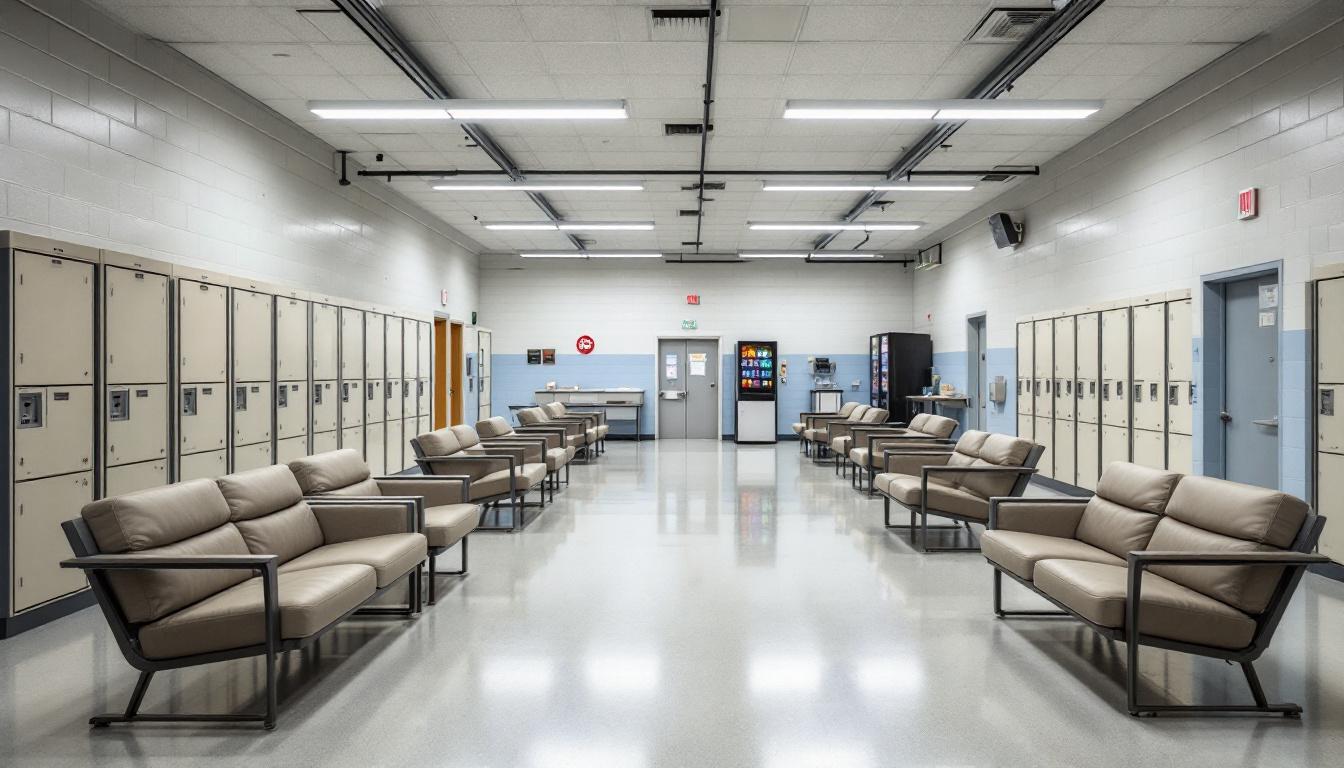
The carefully orchestrated structure of daily operations at Scotland C.I. creates a framework where the population now follows established routines that regularly punctuate each day with purposeful activities. Wake-up procedures typically occur in the early morning hours, followed by mandatory counts that ensure accountability throughout the facility, while meal times generally serve as natural transition points between different segments of the day. The population usually participates in structured programming schedules that may include educational classes, vocational training, or therapeutic sessions, with work assignments often supplying additional structure as residents typically contribute to facility operations through kitchen duties, maintenance tasks, or administrative support roles.
Housing arrangements generally place the population in dormitory-style units or cell blocks that accommodate multiple individuals, with living spaces typically including basic furnishings such as beds, storage areas, and shared bathroom facilities. Personal property allowances usually permit residents to maintain limited personal items, while commissary access may provide opportunities to purchase approved goods that can enhance daily comfort. In addition to this structured living environment, dining arrangements typically involve scheduled meal times in common areas, where the population regularly gathers for breakfast, lunch, and dinner that generally meet basic nutritional requirements.
Despite this highly regulated environment, recreational opportunities often supply important outlets for physical activity and social interaction, with facilities that may include outdoor recreation areas, indoor exercise equipment, or organized sports programs. Visitation policies typically allow approved family members and friends to maintain connections through scheduled visits, while communication options usually include monitored telephone access and correspondence privileges that help preserve important relationships. The population regularly participates in various programs designed to support rehabilitation and personal development, with structured activities that may encompass educational advancement, substance abuse treatment, or job skills training that generally prepare individuals for eventual reintegration into their communities.
Ready to Connect?
Start communicating with your loved one today
Search for an Inmate
